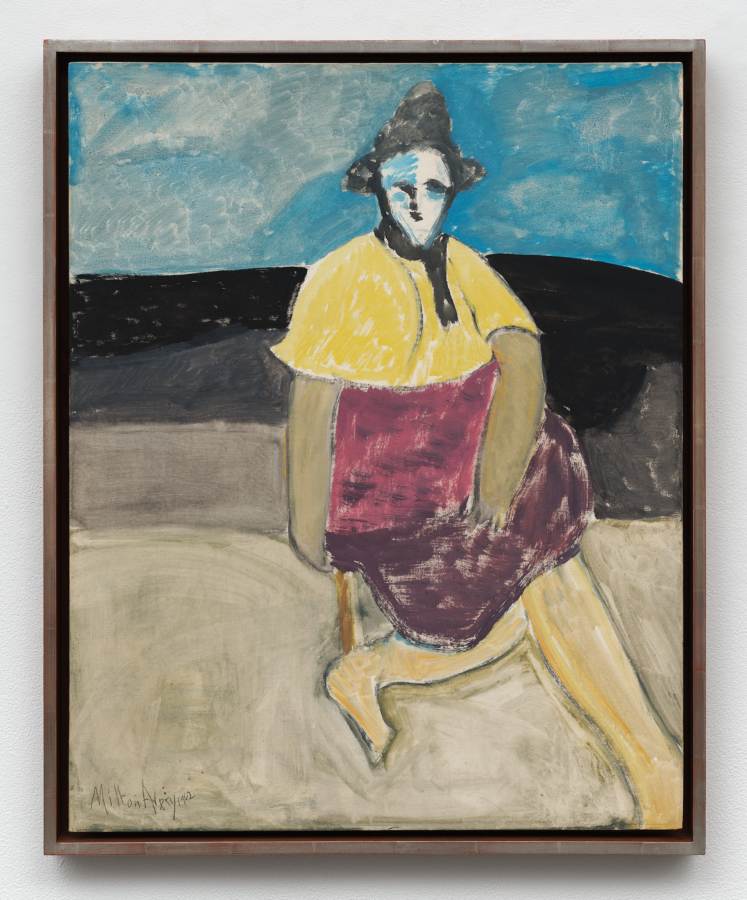Mungo Thomson
Time Life & A Universal Picture
March 7–April 26, 2025
Opening receptions Friday, March 7
Time Life, 22 East 2nd Street, 5–7 pm
A Universal Picture, 188 East 2nd Street, 6–8 pm
Mungo Thomson
Time Life & A Universal Picture
March 7–April 26, 2025
Opening receptions Friday, March 7
Time Life, 22 East 2nd Street, 5–7 pm
A Universal Picture, 188 East 2nd Street, 6–8 pm
Karma presents two exhibitions by Mungo Thomson on view at 22 and 188 East 2nd Street, New York, from March 7–April 26, 2025. On March 7, receptions will take place for Time Life at 22 East 2nd Street from 5–7 pm and A Universal Picture at 188 East 2nd Street from 6–8 pm, respectively.
This dual-venue presentation, Thomson’s largest to date in New York, places his two longest-running series, the Time Life videos (2014– ) and his TIME Mirrors (2012– ), in conversation, generating new reverberations in his practice. The artist has long investigated the circulation of technology, media, and design, employing seriality to draw out the interpenetration of subjectivity, perception, and cultural memory. Together, Time Life and the TIME Mirrors activate the spectator’s body and prompt a consideration of the role of the analog image in the digital era. Reflecting each other as well as their audiences, the TIME Mirrors place the contemporary viewer at the center of the history of the recent past, while the stop-motion Time Life videos compress reams of books into rapidly flickering moving images. With both series, Thomson troubles the fantasy of stable, complete knowledge, mirroring the oversaturation of images and information that is characteristic of our current media culture.
The new cycle of Time Life videos at 22 East 2nd Street builds on Thomson’s ongoing series of stop-motion animations that use how-to guides, reference encyclopedias, and production manuals as raw material. These anthropological hallucinations, suspended between digital and analog worlds, are presented in distinct chapters and projected at monumental scale. The artist first used the technique of stop-motion animation in 2009 to make Untitled (Margo Leavin Gallery, 1970–), which catalogs the contents of his former Los Angeles gallerist’s Rolodex on Super 16mm film. Just as his choice of celluloid befit the era in which Leavin began her record of names and addresses, Thomson’s digital editing of the Time Life videos mimics the frame rate and percussive clatter of the world’s highest-speed robotic book scanners. The nine new videos on view portray subjects including a massive seashell collection, a hummingbird in flight, artists’ models from life-drawing books, wheel-thrown pottery, a chronological survey of three-dimensional objects made by humans since prehistory, a silent consideration of 1970s mime, a psychedelic view of rock microstructure from geology textbooks, a single candle burning down; and an encyclopedic guitar manual used as a musical score. Thomson pairs these videos with new and existing soundtracks by John McEntire, Eiko Ishibashi, Lee Ranaldo, Mark Fell and Will Guthrie, and Jonny Rodgers, as well as a Foley score by Hollywood’s Paradise Sound Group and a new performance of György Ligeti’s 1962 “Poème Symphonique“ by Casey Cangelosi.
At 188 East 2nd Street, A Universal Picture marks the first exhibition consisting solely of Thomson’s TIME Mirrors, human-scaled mirrors silkscreened with the iconic red frame and logo of the 101-year-old international news weekly. Thomson’s exploration of the magazine dates back to 2009—the same year as his first stop-motion animation—when the artist, who has worked as a graphic designer, created a series of drawings that chart TIME’s logo as it changed over time. Three years later, he inaugurated the TIME Mirrors series by applying those logos to the reflective supports; the new works on view feature embedded photographic imagery for the first time. Each TIME Mirror is a mass culture vanitas, a still life of the acute present framed by a specific cultural-historical moment from the past. The new works’ trompe-l’œil folded corners feature images such as a space shuttle launch, the New York City skyline, the planet Mars, a coffin, one of Van Gogh’s Sunflowers, a tumbling dollar sign, Kermit the Frog, and Madonna. Installed together, these works reflect their audience, the gallery, and each other in a mise-en-abyme, sweeping the viewer up into the soup of images at the heart of Thomson’s subjective archive of American life.



